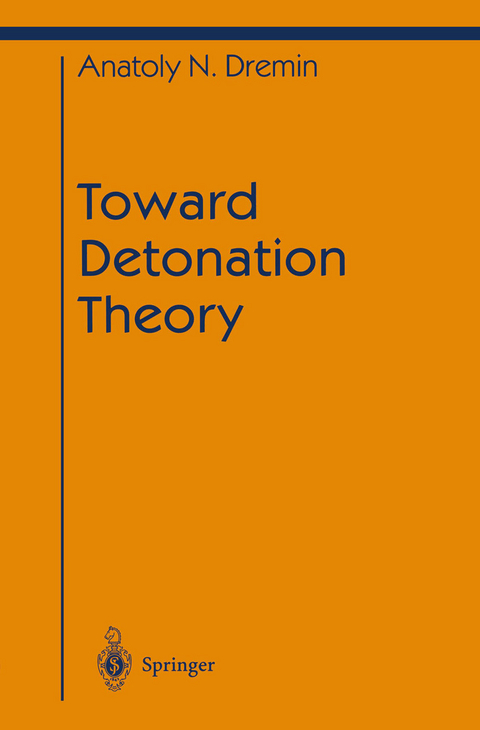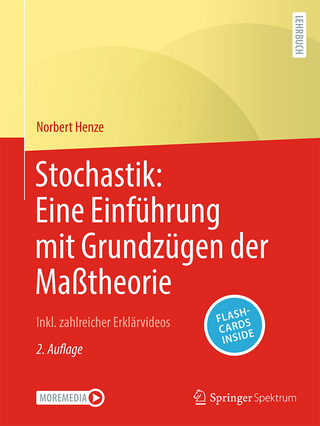
Toward Detonation Theory
Springer-Verlag New York Inc.
978-1-4612-6819-2 (ISBN)
1 Advantages and Limitations of Chapman—Jouguet and Zeldovich—Von Neumann—Döring Detonation Physical Models.- 1.1 Introduction.- 1.2 Chapman—Jouguet Detonation.- 1.3 Zeldovich—Von Neumann—Döring Detonation.- 1.4 Breakdown Phenomenon.- 2 Shock Initiation of Detonation and Breakdown Phenomena.- 2.1 Introduction.- 2.2 Liquid Explosives Shock-to-Detonation Transition Process and Breakdown Phenomena.- 2.3 On Shock Initiation of Detonation in Solid Explosives.- 3 Detonation Kinetic Instability and Breakdown Phenomena.- 3.1 Introduction.- 3.2 Mechanism of Instability Origin.- 3.3 Mechanism of Unstable Detonation Front Inhomogeneity Control.- 3.4 Structure of a Highly Unstable Detonation Front.- 3.5 Unstable-to-Stable Detonation Transition.- 3.6 Comparison of Pulsating and One-Dimensional Models of Detonation Front.- 3.7 The Nature of Spinning and Galloping Detonations.- 4 Failure Diameter and Breakdown Phenomena.- 4.1 Introduction.- 4.2 Failure Diameter of Detonation of Liquid Explosives.- 4.3 Failure Diameter of Detonation of Condensed Heterogeneous Explosives.- 4.4 Conclusions.- 5 On Shock Wave Chemistry of Molecular Condensed Explosives.- 5.1 Introduction.- 5.2 Results and Discussion.- 5.3 Conclusions.- 6 General Conclusion.- References.
| Erscheint lt. Verlag | 4.10.2012 |
|---|---|
| Reihe/Serie | Shock Wave and High Pressure Phenomena |
| Zusatzinfo | IX, 156 p. |
| Verlagsort | New York, NY |
| Sprache | englisch |
| Maße | 155 x 235 mm |
| Themenwelt | Mathematik / Informatik ► Mathematik ► Wahrscheinlichkeit / Kombinatorik |
| Technik ► Maschinenbau | |
| ISBN-10 | 1-4612-6819-2 / 1461268192 |
| ISBN-13 | 978-1-4612-6819-2 / 9781461268192 |
| Zustand | Neuware |
| Haben Sie eine Frage zum Produkt? |
aus dem Bereich


